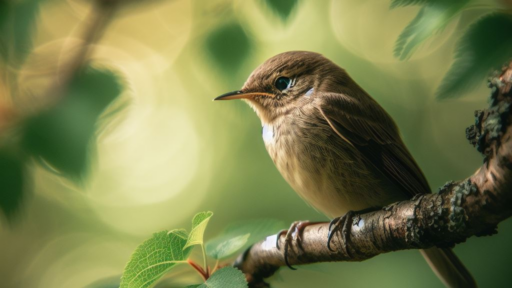Bird photography is a captivating realm within nature photography, offering enthusiasts a chance to capture the stunning grace and vibrant beauty of avian creatures in their natural habitats. Whether you’re just starting or seeking to enhance your skills, here’s a comprehensive beginner’s guide, distilled from expert advice and practical insights.

Camera Gear Essentials
The belief that any DSLR camera, irrespective of its level, can capture breathtaking bird images underscores the importance of skill over equipment. However, different camera models offer varied capabilities. For instance, higher-end models like the Canon 5D mark III or 7D boast faster continuous shooting rates than entry-level DSLRs, demanding more patience from photographers using slower models.
When it comes to lenses, the most useful for bird photography is typically 400mm or higher. A 200mm lens coupled with a 2X extender can also serve well. Investing in longer lenses is becoming more affordable, with brands like Sigma offering competitive options at a fraction of the cost of high-end counterparts.
Framing Your Subject
The key to impactful bird photography often lies in filling the frame with your feathered subject. While cropping can help achieve this, using a lens shorter than 400mm might necessitate significant cropping to achieve desired framing. Longer lenses facilitate closer shots without compromising image quality.
Software and Post-Processing
Post-processing plays a vital role in refining bird images. Software like Adobe Photoshop and plugins such as Nik Software’s Define and Viveza offer nuanced control over image quality, enabling adjustments for clarity, color, and noise reduction.
Camera Settings for Optimal Results
Understanding camera settings is pivotal in capturing stunning bird images. Three fundamental settings—Aperture, Shutter Speed, and ISO—dictate the outcome of your photographs.
- Aperture Priority: Ideal for beginners, it allows for a low Aperture F number (f/4.0 – f/5.6) with an ISO of 600, ensuring a minimum shutter speed of 1/1000th of a second, perfect for capturing birds in flight.
- Shutter Priority: Offers greater control over shutter speed, ensuring a minimum of 1/1000th of a second, with adjustments to Aperture and ISO to maintain image quality.
- Manual Mode: Recommended for experienced users familiar with camera settings, allowing precise control over Aperture, Shutter Speed, and ISO for optimal results.
Capturing Birds in Motion
Shutter speed is paramount for capturing birds in motion. Setting it to at least 1/1000th of a second freezes their swift movements, resulting in sharp, detailed images. Coupling this with a low Aperture F number enhances the subject’s prominence against the background.
Camera Configuration for Bird Photography
Utilizing Continuous Drive Mode ensures a continuous burst of shots, increasing the likelihood of capturing the perfect moment. Autofocus modes like AI Servo (Canon) or Continuous AF (Nikon) facilitate tracking moving birds, while evaluative metering modes automatically adjust exposure for varying scenes.
Transforming Bird Photography into Art
Experimenting with different photography techniques and post-processing methods allows for the creation of stunning, artistic bird images. Techniques such as isolating the subject against a plain background can elevate a photograph into fine art, perfect for printing and display.
Conclusion
Bird photography offers a gateway to exploring the beauty and grace of avian wildlife. Mastery in this field demands a blend of technical know-how, patience, and an artistic eye. Continual practice, coupled with the application of learned techniques, enables photographers to capture the magnificence of birds in captivating images.
For more insights, join our online community and share your bird photography journey with fellow enthusiasts. Remember, the key to exceptional bird photography lies not just in capturing moments but in evoking emotions through the lens.
